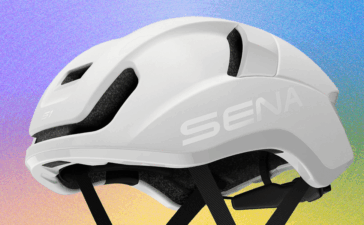Layering is not a complicated thing. It’s the process of adding and removing layers of clothing to keep your body comfortable in changing weather and temperature conditions.
Billions of dollars have been spent trying to optimize this process (and sell you stuff), but it’s really very simple: Put clothing on when you’re cold, take clothing off when you’re hot. Which clothing? That’s the rub, as they say. But don’t worry. We’ll walk you through what each layer is, how to layer, and when you’ll want it. Once you’re done here, check out our guides to the Best Puffer Jackets, Best Merino Wool, and Best Rain Jackets for more.
Power up with unlimited access to WIRED. Get best-in-class reporting that’s too important to ignore for just $2.50 $1 per month for 1 year. Includes unlimited digital access and exclusive subscriber-only content. Subscribe Today.
Layering Basics
The key to layering is knowing what the layers are for and when to add and remove them. The high level overview looks like this:
- Base layer: The layer that touches your skin. These provide some warmth, but it’s equally important that they wick sweat away from your skin. Being damp means being cold.
- Mid layer: The layer that’s—wait for it—in the middle. This is the layer where you actually start insulating, or trapping body heat. This is the key to the whole system and can be more than one layer (e.g., a lightweight fleece and a puffer jacket).
- Outer layer: The top layer is the waterproof, windproof layer that makes sure that nature does not steal all that precious heat you’ve retained in the mid layer. This is sometimes referred to as a “shell.”
While you won’t always be wearing all of these, especially when you’re exerting yourself while walking, running, et cetera, it’s usually worth carrying all three. If it’s cold, you can start with all three on and peel them off as you get warmer. When it’s hot you can do the opposite, pulling out a shell when you stop on a windy ridge. Obviously there are situations where you don’t need to carry all of them. Hiking the Florida trail in July? Skip the mid layer, ya lunatic.
Base Layers
Let’s start with underwear. Whether boxers, briefs, boxer briefs, or bras, go for materials that are going to help move moisture away from your skin. I have found merino wool to be ideal for underwear, but it’s worth trying different fabrics to find which works best for you.
Next comes what we generally think of as base layers: relatively tight-fitting but not overly restrictive pants and shirt with the dual purpose of insulating in cold weather and wicking sweat in hot. Again, there is a wide array of fabrics. If you opt for merino wool here you’ll benefit from wool’s natural ability to smooth out temperature variation across your skin, keeping you more evenly warm/cool (I call this temperature modulation).
There are also other options for fabric here, which includes Nuyarn. It has much of the benefit of merino (it’s usually more than half merino) but adds some nylon to provide extra strength and durability, as well as speeding up drying times. The latter can be important in very wet climates. In my experience, synthetic base layers do not perform as well at either insulation or moisture removal, though they will often dry faster, last longer, and are often cheaper.


.jpg)



